*If you want to keep abreast of new posts as they come out, follow me on Facebook or Pinterest through the links above.
I only recently learned of the term biophilic interior design, but everything I learned made me want to learn more. This design is right up my alley, as I love nature, trees, and plants. Read on if you do, too.
So, what is biophilic interior design? It is a design that transforms our living spaces. It’s not just about decorating; it’s about creating wellness-focused environments that resonate with our connection to nature. These spaces enhance our well-being significantly.
Studies show that biophilic design reduces stress and improves cognitive function. It’s not about scattering a few plants around. True biophilic spaces integrate organic elements and place-based design thoughtfully. This approach honors nature’s beauty and serenity.
Are you ready to turn your home or office into a nature-inspired sanctuary? Let’s delve into five essential elements for a biophilic masterpiece. These elements can foster a nurturing environment for both body and mind.
*This article contains affiliate links, and I may receive a small commission after you click one of these links at no extra charge.
Key Takeaways
- Biophilic design enhances well-being and cognitive function
- Natural light plays a crucial role in biophilic spaces
- Indoor plants improve air quality and reduce stress
- Natural materials add texture and warmth to interiors
- Color schemes inspired by nature boost the biophilic experience
- Living walls serve as both decoration and air purifiers
- Biophilic elements can increase productivity in work environments
Understanding Biophilic Design: Connecting with Nature Indoors
Biophilic design merges the outdoors with the indoors, creating spaces that deeply connect us with nature. It transcends mere aesthetics, aiming to uplift our well-being and harmonize us with the natural world. This approach to interior design is deeply rooted in nature’s inspiration.
Studies indicate that being around nature, even through indoor plants, can dramatically cut down stress and elevate mood. In the workplace, natural elements significantly boost employee well-being and productivity. Moreover, biophilic environments are proven to enhance cognitive functions and creativity, making them perfect for offices and educational settings.
By incorporating these elements, eco-friendly interiors can enhance air quality, lower stress levels, and establish a serene ambiance. Natural materials such as wood and stone infuse warmth and visual interest into spaces. This method not only enriches our health but also encourages environmental awareness by promoting the use of sustainable materials.
Maximizing Natural Light: Illuminating Your Biophilic Space
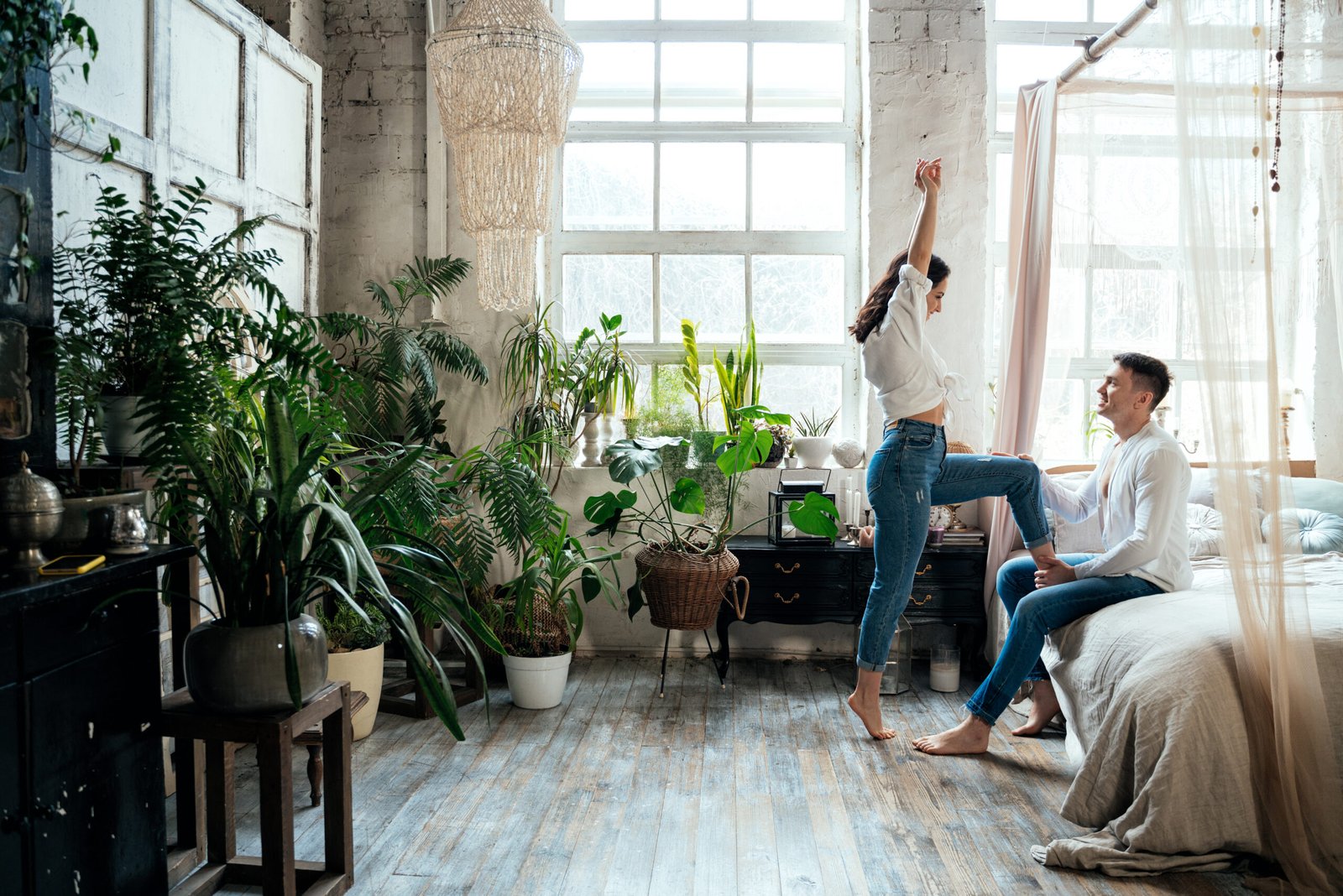
Natural lighting is essential for a wellness-focused design. Large windows and skylights bring in daylight, deepening your connection to nature. This approach enhances your home’s look and boosts your health.
Windows strategically placed offer breathtaking views, enhancing your biophilic connection. For optimal natural light, consider these strategies:
- Position windows and doors to allow light entry throughout the day
- Use glass partitions to help light flow efficiently through your home
- Install skylights or sun tunnels to brighten rooms with limited natural light
- Hang mirrors to reflect light and create an illusion of more space
Using natural light in your biophilic space can enhance your circadian rhythm, increase energy, and foster positivity. As more places become urbanized, the importance of nature-inspired interiors increases. A home that leverages natural light offers an unmatched living experience, distinguishing your space.
Incorporating Indoor Plants: Living Green
Indoor greenery is crucial in biophilic interior design. It brings nature indoors, enhancing air quality and fostering a calming environment. The NASA Clean Air Study showed that plants can remove harmful chemicals like benzene and formaldehyde from the air, making them vital for healthier living spaces.
Adding plants to your home has numerous advantages. Studies indicate that interacting with indoor plants reduces stress and increases productivity. The University of Exeter discovered a 15% productivity boost in offices with plants. These plants also enhance creativity and problem-solving abilities.
Creating interior garden spaces is central to biophilic design. These green areas serve as inviting spaces, encouraging residents to connect with nature’s calm. You can set up these spaces by:
- Placing larger potted plants in corners or near windows
- Using hanging plants to add vertical interest
- Incorporating small succulents on shelves or tables
- Installing living walls for a dramatic effect
Low-maintenance plants like the spider plant, snake plant, and peace lily are perfect for those without a green thumb, like me. These plants are easy to care for and purify the air. By integrating the outdoors into your home, you create a space that supports both physical and mental well-being. This reflects the core principles of biophilic interior design.
Plants.com offers a great way to find the best plants for your needs. You can choose the care level (easy for me), the light level where you will display your plants and the needed size.
Embracing Natural Materials: Textures and Finishes
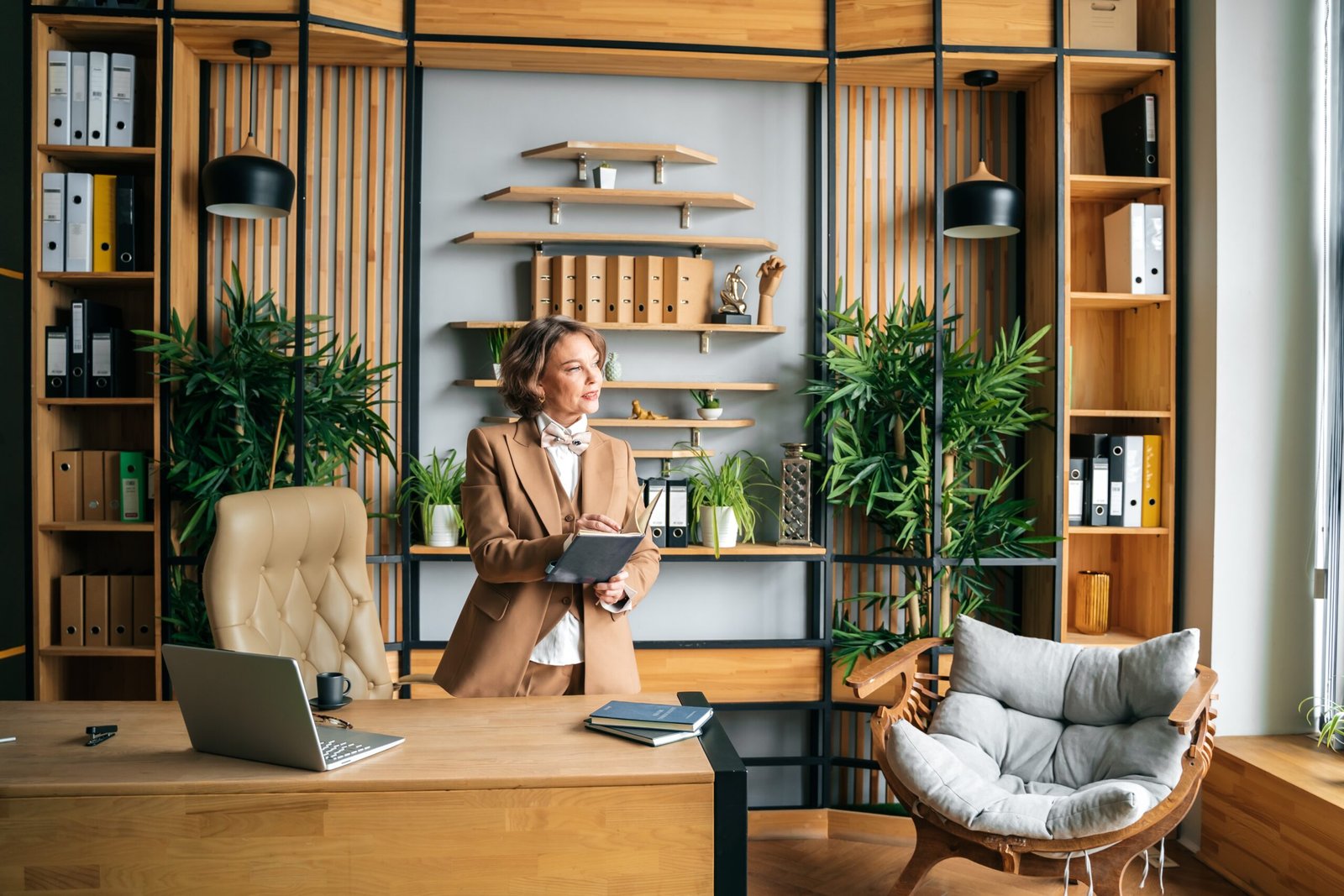
Natural materials are essential in biophilic design, offering timeless elegance. They include warm wood, textured stone, and organic bamboo. These elements add authenticity and refined beauty to any space.
Hardwood floors, stone walls, and bamboo furnishings create a harmonious connection with nature. This approach ensures a space feels authentic and in tune with the environment.
Sustainable materials are becoming more prevalent in furniture design. Wooden pieces sourced from reclaimed or responsibly harvested timber promote environmental stewardship and add warmth to living spaces.
Organic textures bring the essence of nature indoors. Furniture made from rattan, wicker, and sea grass mimics outdoor foliage, offering durability. Stone, marble, and terra cotta introduce cool, soothing elements with intriguing patterns.
Earthy color palettes inspired by nature create calming and welcoming interiors. Shades of buttercup yellow, sage green, and clean blue foster a serene environment. Burnished bronze and brown-toned metals add warmth, while wood textures maintain allure with pronounced grain patterns.
Glass designs incorporate subtle opalescence and vibrant colors, enhancing the natural aesthetic. These elements work together to create a space that evokes nostalgia and connects with nature.
This approach enhances mood, boosts productivity, and reduces stress. It transforms your home into a true sanctuary, promoting well-being and a deeper connection with the environment.
Green Botanical Wall Art: the Perfect Decor for an Eco-Friendly Home (artistichomevibes.com)
Biophilic Interior Design: Creating Nature-Inspired Spaces
Since the 1970s, biophilic interior design has emerged as a significant trend. It offers a unique way to merge nature with interior spaces. Integrating elements such as plants, natural light, and organic materials creates a profound connection to nature, essential for enhancing well-being.
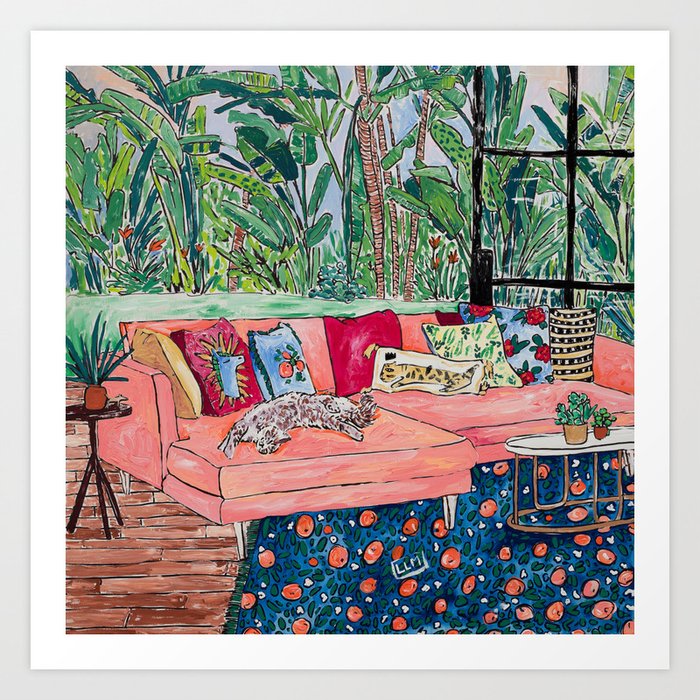
If you like this print, it’s available on Society6.
Studies indicate that biophilic spaces can lower stress and blood pressure. Being around natural settings improves creativity and cognitive abilities and enhances air quality. Companies are now adopting this design to boost employee engagement and productivity. The tech industry, in particular, sees the value in creating workspaces that support both work and relaxation.
There are several ways to incorporate biophilic design into your space. Water features, such as fountains, can introduce a calming effect. Artwork featuring biomorphic patterns further strengthens the connection to nature.
For those interested in this style, eco-friendly paints inspired by nature can transform any space. These paints blend luxury with the natural world, creating a serene environment. This approach ensures a harmonious balance between the indoors and the outdoors.

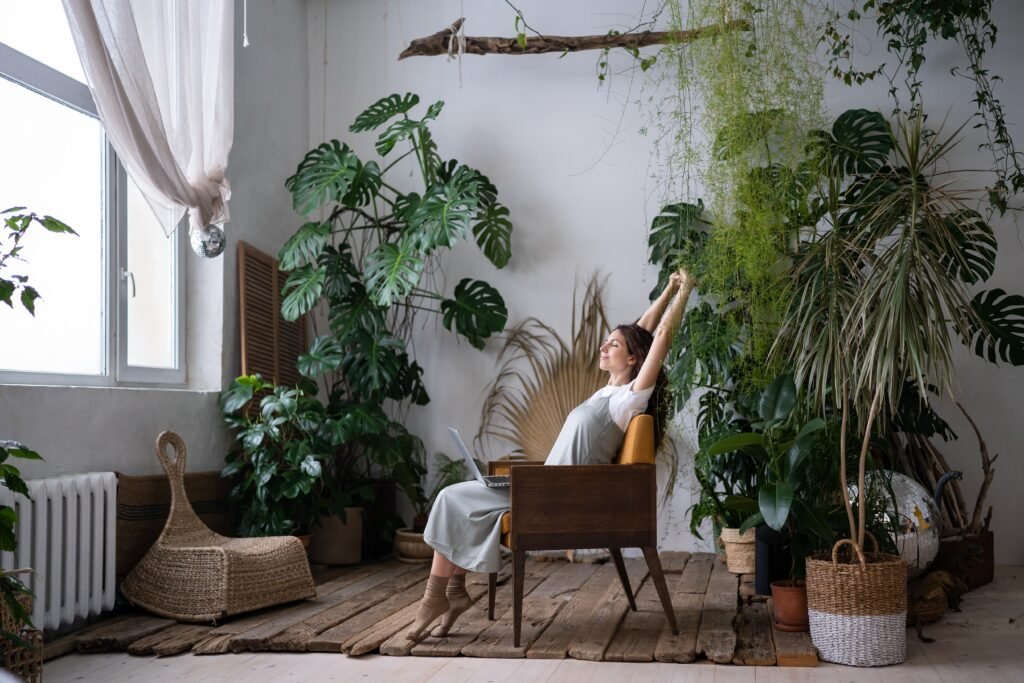

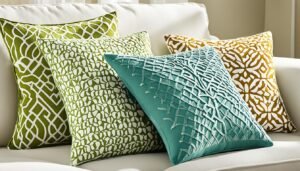
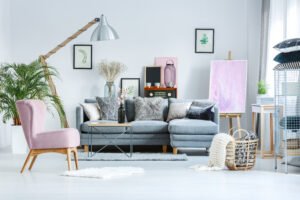

[…] Biophilic Interior Design: Five Natural Elements (artistichomevibes.com) […]